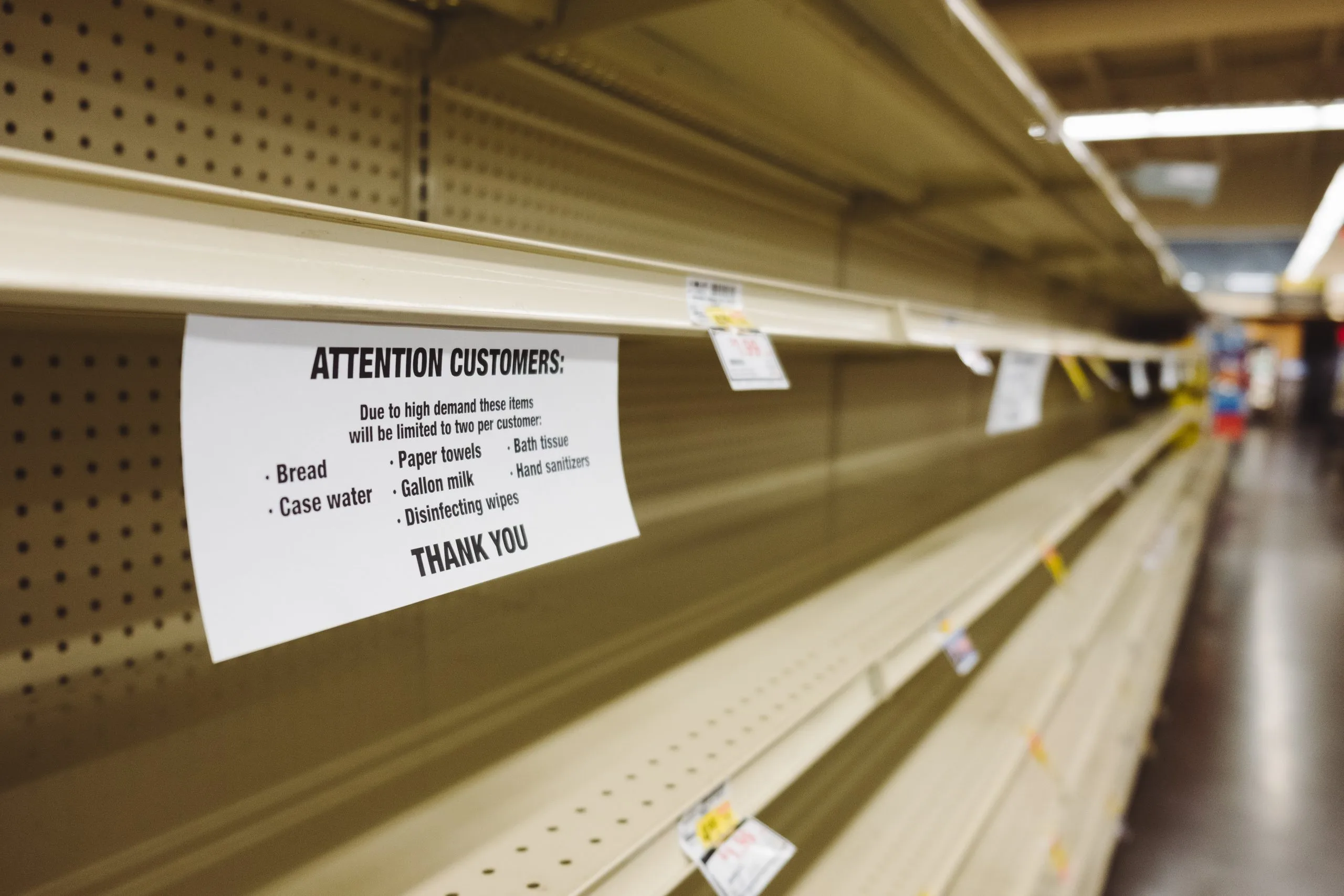
As a purchaser, you want insights into the performance of your products. Do you purchase the right products? And do you purchase these products at the right time with the best supplier? Unfortunately, time often works against you in obtaining and tracking the right data.
To make the performance of your products visible and measurable, you can set KPIs. What are KPIs? How do you set these metrics? Read in this blog why KPIs are so important for your purchasing department and get six examples and formulas of key purchasing KPIs.
What are KPIs, and what criteria should they meet?
A KPI – Key Performance Indicator – is a metric to measure performance within a business and/or business unit. Setting up KPIs can help you to select the right data from your source system and convert it into concrete objectives towards strategic business goals. By setting stock and purchasing KPIs you can gain insight into the performance of your business’s purchasing and stock management.
KPI criteria
Find below two important criteria a KPI should meet.
● SMART - To make a KPI work, it needs to be Specific, Measurable, Achievable, Relevant and Timely (SMART).
● Strategic - Link a KPI with the strategic goals of your business, and make sure that employees are aware of the indicators and how they affect their work.
6 examples of purchasing and stock management KPIs
The following six examples and formulas of purchasing and stock management KPIs allow you to track product performance and the efficiency of your purchasing process.

1. Average stock value
Measure your average stock value (in euros for example) and compare it with your revenue to monitor trends. Additionally, you can use this KPI to analyse if you have too much cash tied up in excess stock. Keep in mind that this KPI will always reflect one moment in time and does not account for seasonality.
Average stock value per month = (Stock value at the start ofthe month/Stock value at the end of the month) / 2
2. The ratio of cost of stock to the cost of goods sold
This KPI compares the cost of stock held at a given time with the cost of stock sold in a prior period. In general, it is better if the cost of your stock is not too high compared to the cost of sales. That would indicate that you hold more stock than is necessary and adjustments are needed to achieve a healthy stock value.
This KPI shows on a high level whether there is a balance between stock and sales. However, the metric can be too simple if there is a clear reason why you – temporarily – keep more stock. For example, due to seasonal sales and/or long delivery times from your suppliers.
The ratio of cost of stock to cost of goods sold = Cost of stock held/Cost of stock sold
3. The turnover rate in days
The turnover rate shows – in days – how quickly products from your stock sell. A lower number of days is generally better because it shows which products are popular and means fewer stock holding costs.
However, keep in mind that some products will naturally sell slower, so you may need different KPI targets across product types. For example, luxury items generally move slower, but that does not necessarily make them underperforming. This KPI shows whether you have the right purchasing strategy and whether the purchasing and sales departments communicate well with each other.
The turnover rate in days = (average stock value in month (see KPI 1)/Cost of goods sold in month) x no. days in the month
4. Backorder percentage
The backorder percentage is the percentage of orders in a certain period that were potentially delayed because a product was not in stock. In general, a lower value is preferred, as backorders may cause delays for your customer.
This KPI will also indicate whether your purchasing is proactive or reactive to customer demand. However, setting the indicator too low may encourage purchasers to buy too much stock. This leads to excessive stock holding costs and possibly excess stock and/or write-offs.
Backorder percentage in % = (The number of delayed orders due to backorders/Total number of placed orders) x 100
5. Order cycle time in days
Measure the average time between accepting a customer order and the shipment of this order to check how efficient your order process is. Ideally, your business aims to make the order cycle time as short as possible.
If you track the outcomes over a longer period, you can compare them to your business goals and see how your order and purchasing process is performing. This is primarily an indicator of the efficiency of the order turnaround process, but a long cycle may also be an indicator of a lack of stock availability.
Order cycle time in days (for all orders in one month) = (Date customer received order - Date customer placed order)/Total of shipped orders
6. Service level percentage
Measuring this metric shows you what % of sales orders received in a month were delivered in a month. For example, a service level of 95% means that you can meet customer demand for 95 out of 100 orders.
As above, a low % will normally indicate an issue in the order turnaround process but it may also be an indicator of a lack of stock availability.
Service level per month = (Number of orders delivered/Number of orders received) x 100
By monitoring these purchasing and stock management KPIs, following the trends and creating clear action plans for underperformance, you can not only balance your stock levels but also align it with your sales and customer satisfaction goals.
Purchasing KPIs provide structure and direction
KPIs can give structure and direction to your business operations and stock management. These metrics ensure that you convert data into concrete, measurable and strategic goals. And enable you to get insight into the performance of your products and purchasing decisions.
Purchasing optimisation software, such as the software Optiply develops, allows you, as a purchaser, to focus on areas where human input makes the difference. By integrating automation into your purchasing process, you gain time for, for example, setting and tracking KPIs.
As a result, you can keep your stock balanced and improve purchasing decisions. Ultimately, this can lead to fewer lost sales, higher customer satisfaction and – more importantly – an increasing business revenue.
Veelgestelde vragen beantwoord
Heb je nog vragen over Optiply? We hebben de meest gestelde vragen voor je op een rij gezet.









.webp)


.webp)